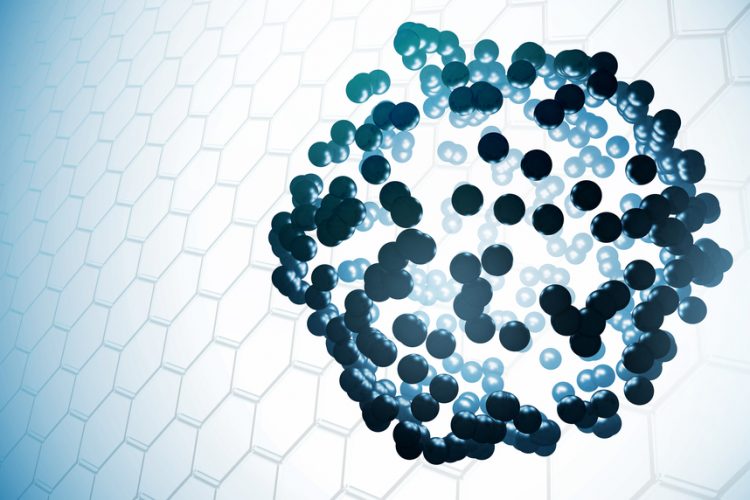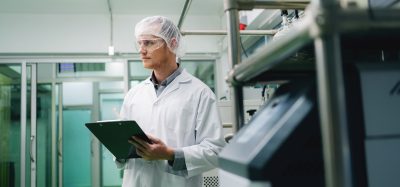Microparticles could form self-boosting vaccines
Posted: 1 August 2022 | Hannah Balfour (European Pharmaceutical Review) | No comments yet
New research suggests microparticles able to release their payloads at different times could form the basis of self-boosting vaccine courses that would require just a single injection.


Researchers have developed microparticles that can be tuned to deliver their payload at different time points. According to the authors, the technology could enable the creation of “self-boosting” vaccines that only need to be administered once, which could be particularly beneficial for childhood vaccinations in regions with limited access to medical care.
In their study, scientists from Massachusetts Institute of Technology (MIT) described how these particles degrade over time and how they can be tuned to release their contents at different time points. The paper also offers insights into how the contents can be protected from losing their stability as they wait to be released.
Using these particles, which resemble tiny coffee cups sealed with a lid, researchers could design vaccines that would need to be given once and would then “self-boost” at a specified point in the future. The particles can remain under the skin until the vaccine is released and then break down, just like resorbable sutures.
“This is a platform that can be broadly applicable to all types of vaccines, including recombinant protein-based vaccines, DNA-based vaccines, even RNA-based vaccines,” stated Ana Jaklenec, a research scientist at MIT’s Koch Institute for Integrative Cancer Research and one of the study’s senior authors. “Understanding the process of how the vaccines are released, which is what we described in this paper, has allowed us to work on formulations that address some of the instability that could be induced over time.”
This approach could also be used to deliver a range of other therapeutics, including cancer drugs, hormone therapy and biologic drugs, the researchers added.
The microparticles are made from PLGA using a microfabrication technique they first described in 2017 in the journal Science.
The lid- and cup-shaped particles are formed using an array of silicon moulds. Once the polymer cups have been formed, a custom-built, automated dispensing system is used to fill each cup with a drug or vaccine. After the cups are filled, the lids are aligned and lowered onto each cup, and the system is heated until the cup and lid fuse together, sealing the drug inside. This technique, called SEAL (StampEd Assembly of polymer Layers), can be used to produce particles of any shape or size.
In the latest study, funded by the Bill and Melinda Gates Foundation and published in Science Advances, the researchers studied how the particles degrade over time, what causes the particles to release their contents, and whether it might be possible to enhance the stability of the drugs or vaccines carried within the particles.
Their studies of the release mechanism revealed that the PLGA polymers that make up the particles are gradually cleaved by water and, when enough of these polymers have broken down, the lid becomes very porous. Very soon after these pores appear, the lid breaks apart, releasing the contents.
The researchers also analysed how a variety of design parameters, include the size and shape of the particles and the composition of the polymers used to make them, affect the timing of drug release. To their surprise, particle size and shape had little effect on drug release kinetics. Instead, the PLGA particles release their payload at different times based on differences in the composition of the polymer and the chemical groups attached the ends of the polymers. Meaning different polymers will be required for different functions, thus creating a broad array of potential applications.
The researchers also investigated how changes in environmental pH affect the particles. When water breaks down the PLGA polymers, the by-products include lactic acid and glycolic acid, making the environment more acidic. This could damage the drugs carried within the particles, which are usually proteins or nucleic acids that are sensitive to pH.
In an ongoing study, the researchers are now working on ways to counteract this increase in acidity, to improve the stability of the payload carried within the particles.
To help with future particle design, the researchers also developed a computational model to predict how a particular particle will degrade in vivo. The research team has already used this strategy to design a self-boosting polio vaccine, which is now being tested in animals. Usually, the polio vaccine has to be given as a series of two to four separate injections.
“We believe these core shell particles have the potential to create a safe, single-injection, self-boosting vaccine in which a cocktail of particles with different release times can be created by changing the composition. Such a single injection approach has the potential to not only improve patient compliance but also increase cellular and humoral immune responses to the vaccine,” concluded Robert Langer, the David H Koch Institute Professor at MIT and a member of the Koch Institute, as well as a senior authors of the study.
Related topics
Biologics, Drug Delivery Systems, Drug Development, Microparticles, Research & Development (R&D), Therapeutics, Vaccine Technology, Vaccines








